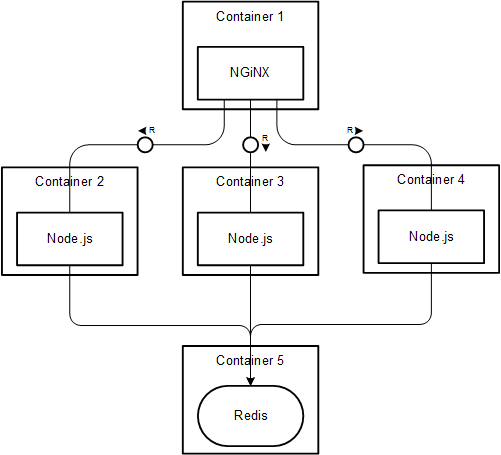Once in a while, you may need to cleanup resources (containers, volumes, images, networks) ...
// see: https://github.com/chadoe/docker-cleanup-volumes
$ docker volume rm $(docker volume ls -qf dangling=true)
$ docker volume ls -qf dangling=true | xargs -r docker volume rm
